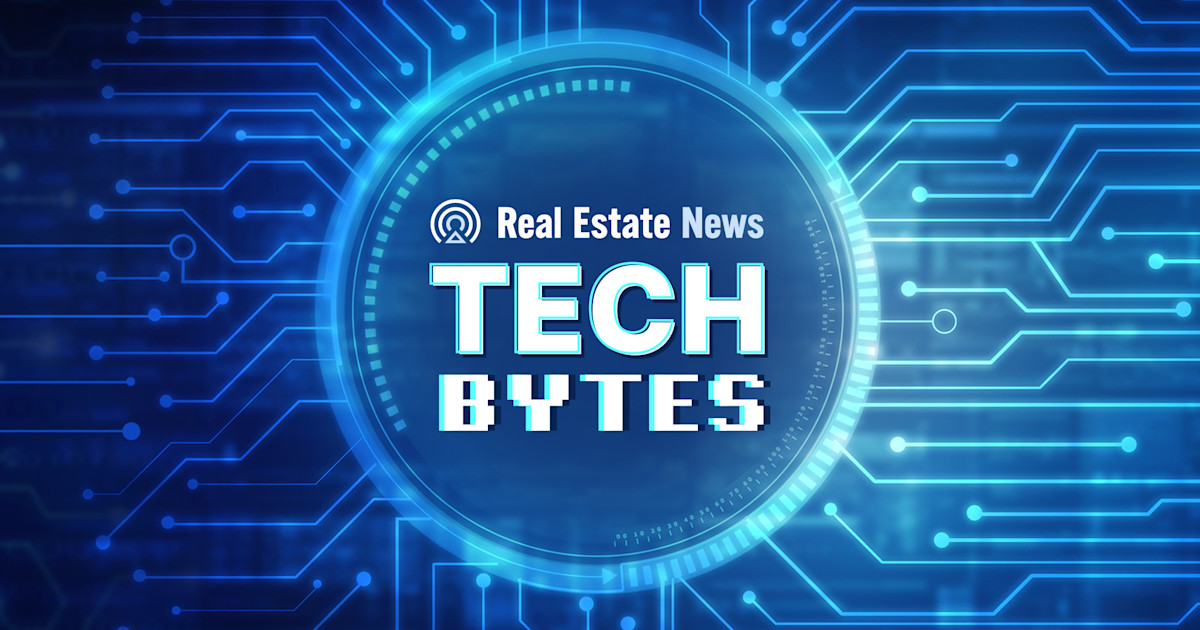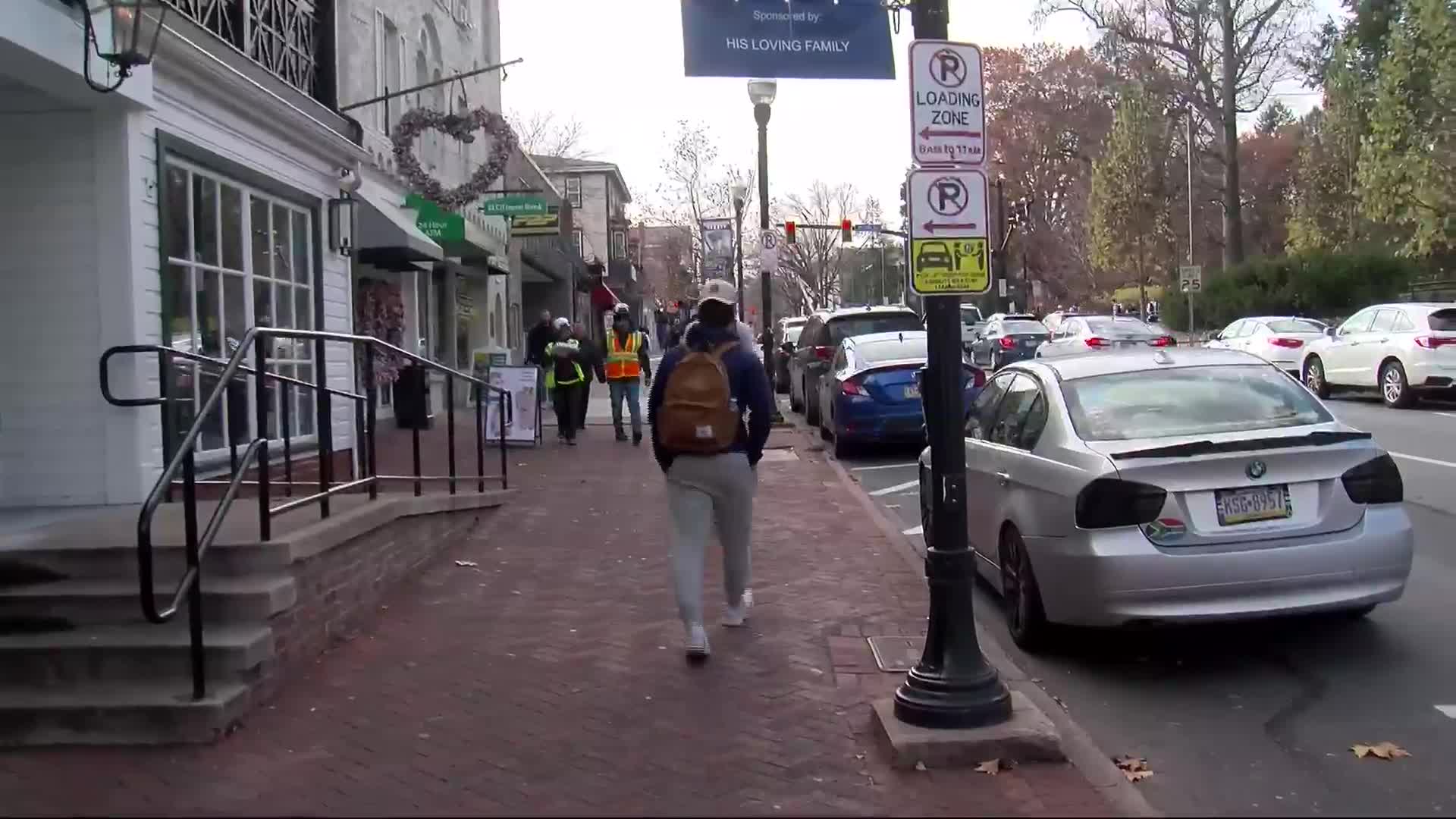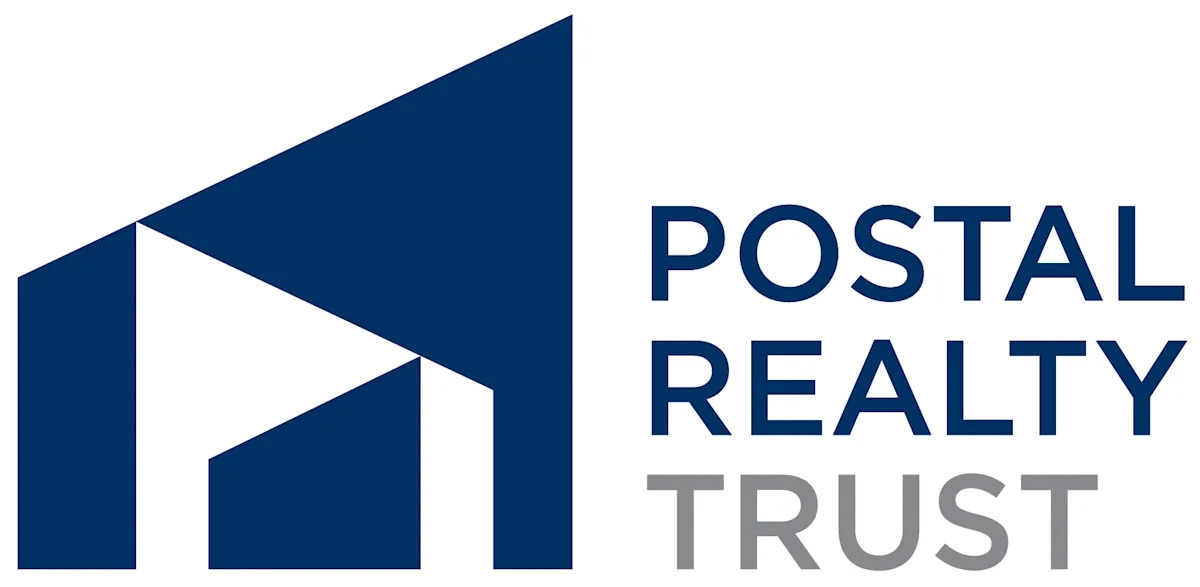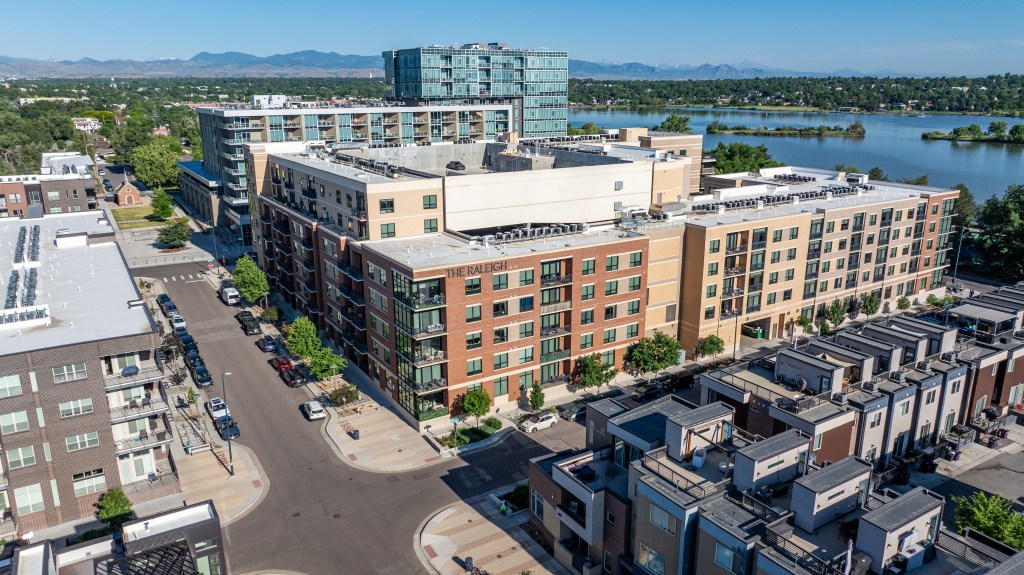P
resident Donald Trump recently proposed a 50‑year mortgage as a solution to the housing affordability crisis. The idea has sparked debate among policymakers, economists, and industry experts, many of whom warn that the benefits of lower monthly payments could be outweighed by long‑term costs and risks.
**Key Takeaways**
- **Lower Monthly Payments, Higher Total Interest**
Extending a loan to 50 years reduces the monthly amount, but the overall interest paid can more than double. For a $400,000 home with a 10% down payment and a 6.25% rate, a 30‑year loan would cost about $438,000 in interest, whereas a 50‑year loan could reach $816,000. The initial months of a mortgage are dominated by interest, so equity builds more slowly on a longer term.
- **Equity Accumulation Slows**
Because a larger portion of each payment goes to interest at the start, homeowners take longer to own the property outright. This can leave more families underwater for extended periods, potentially increasing the risk of defaults and affecting market stability.
- **Risk to Lenders and Borrowers**
A 50‑year mortgage does not qualify as a “qualified mortgage” under the Dodd‑Frank Act, meaning it would not be eligible for support from Fannie Mae or Freddie Mac if it defaults. Lenders may be reluctant to offer such products, and borrowers face higher long‑term risk.
- **Potential Price Inflation**
By making it easier for buyers to qualify for larger loans, demand could rise without a corresponding increase in supply, pushing home prices higher. Economists argue that this could negate the affordability gains the policy intends to deliver.
- **Policy Focus Should Shift to Supply**
Experts like Samir Dedhia, CEO of One Real Mortgage, emphasize that expanding housing supply is a more effective way to address affordability. Reducing tariff‑induced inflation and encouraging new construction could lower mortgage rates and increase inventory, providing real relief.
**Reactions from Stakeholders**
- **Federal Housing Finance Agency**
Bill Pulte, FHFAG Director, praised the concept as a “complete game changer” and suggested it could be one tool among many to tackle affordability.
- **Real Estate Industry**
The response has been cautious. Joel Berner, senior economist at Realtor.com, estimates that a 50‑year loan would save at most $250 per month compared to a 30‑year loan, assuming the same interest rate—a scenario unlikely to hold, as longer terms typically carry higher rates.
- **Construction and Builder Perspectives**
Nicollette Chapman, senior VP at Zonda, warns that slower equity growth could lead to more homeowners being underwater, potentially causing a ripple effect in the market if defaults rise.
- **Mortgage Bankers Association**
The MBA expressed concern that the affordability benefits of a 50‑year term would be offset by increased borrower risk and slower equity accumulation, especially if home‑price growth slows.
**Legislative and Regulatory Hurdles**
Implementing a 50‑year mortgage would require changes to existing regulations, including the Dodd‑Frank Act’s definition of qualified mortgages. According to Jaret Seiberg, housing policy analyst at TD Cowen, such changes would need congressional approval and could take up to a year to enact.
**Bottom Line**
While a 50‑year mortgage could lower monthly payments, it would also increase total interest costs, delay equity building, expose borrowers and lenders to greater risk, and potentially drive up home prices. Most experts argue that the most sustainable path to affordability lies in boosting housing supply and addressing inflationary pressures on mortgage rates, rather than extending loan terms.












